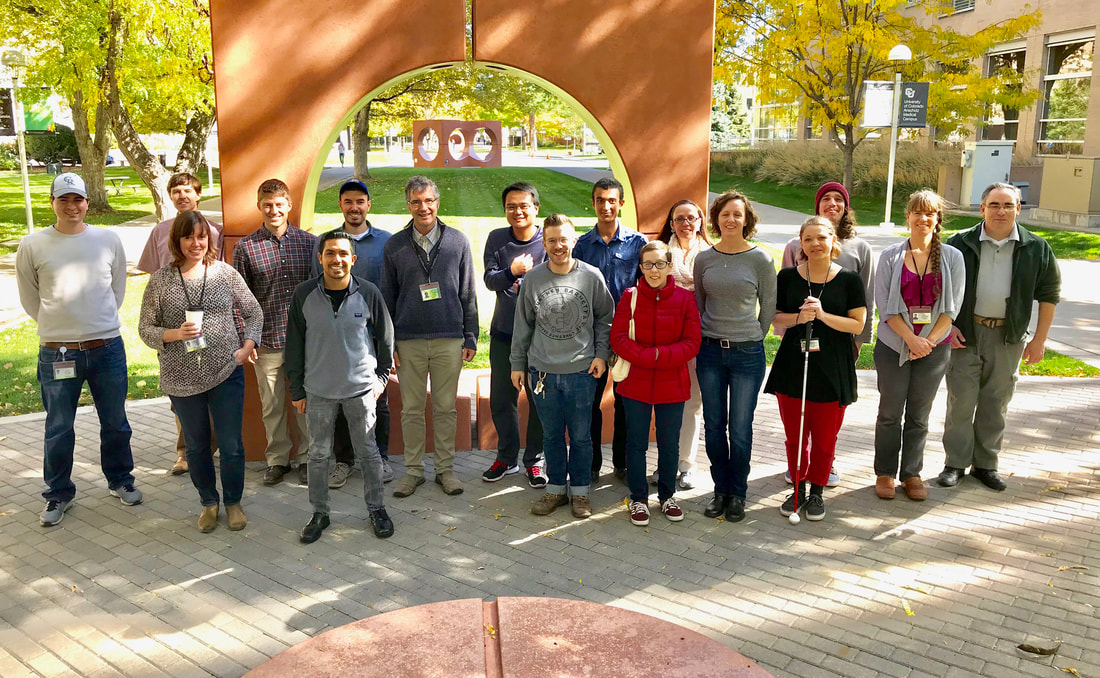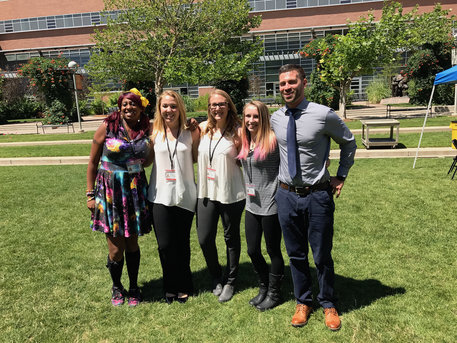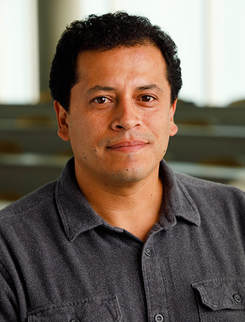Diego Restrepo, Ph.D.
|
Serapio M. Baca, Ph.D.
|
Dnate' Baxter Bolt, MS, Professional Research Assistant, Department of Cellular and Developmental BiologyAs part of the Restrepo Lab, I am working on identifying olfactory receptors for semiochemical detection in the main olfactory epithelium (MOE). Data from previous work in the lab shows that a subset of olfactory sensory neurons (OSNs) expressing Trpm5 detect low levels of semiochemicals in mice. Using RNA isolated from the sorted cells of the MOE, we are examining differential expression in this subpopulation of OSNs to determine which olfactory receptors may respond to semiochemicals and to look at other possible functional differences in these cells.
I am also working on the collaboration project with Dr. Ramakrishnan to investigate Trpm5 expressing OSNs in human olfactory epithelium. An additional goal of the project is identifying method(s) of detecting olfactory vs respiratory epithelium in vivo. |
Stephanie Meyer, Ph.D.
|
Former Lab Members
Justin T. Losacco
|
Nicholas George
|
Nicole Arevalo, BS, MA
|
Proudly powered by Weebly










